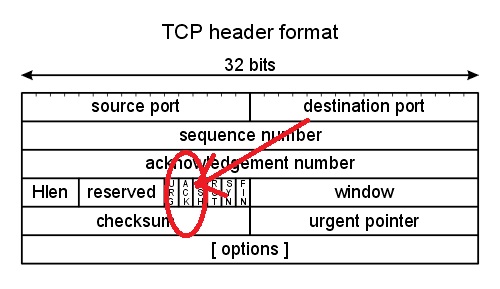
In TCP header, there's a field for an ACK flag. If the value of this flag is 1, then the "acknowledgement number" field is valid.
The sender can put the expected segment's number in this field, and then set the ACK flag — hence making selective acknowledgement possible.
So, II is incorrect.

Tannenbaum, page 408.
So, III is incorrect.
Full duplex means the hosts can send and receive at the same time, which is true for TCP.
Precisely, TCP connections are two-way symmetric connections.
So, I is correct.
Option A.